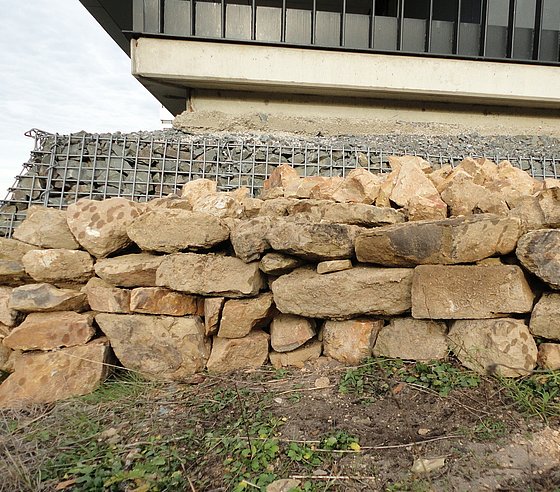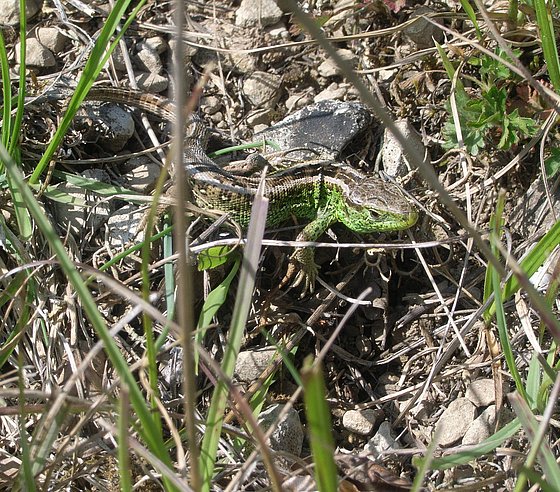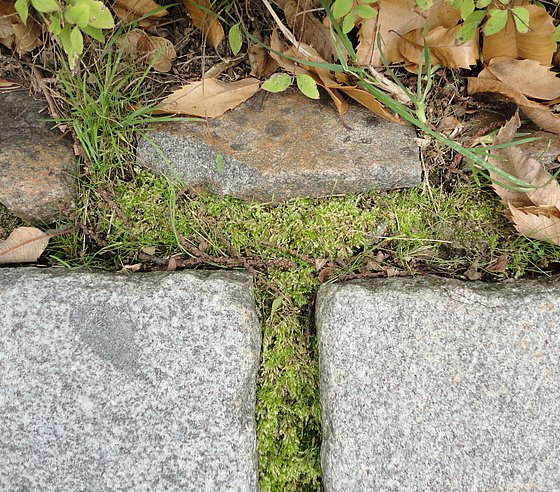


Dry stone walls & cairns
Dry stone walls are made up of natural stones that are stacked on top of each other without mortar. These stones can either be sourced from quarries or collected from the surrounding area. Nowadays, dry stone walls are typically constructed as part of landscaping and garden design projects.
In the past, dry stone walls sometimes formed 'as if by themselves'. Over generations, stones brought to the surface by ploughing or hoeing were collected by hand while working agricultural land and piled up at the edge. Over time, these stones were slowly turned into cairns, stone walls or dry stone walls, which also served as land boundaries.
The origin of the stones dates back to the melting of the glaciers at the end of the last Ice Age 10,000 years ago, when they were deposited with the debris. On the other hand, they originate as weathering products from the bedrock in shallow soils.
Ecological benefits
Stone piles and walls are extremely dry and warm habitats, yet they are home to a variety of plant and animal species. As the stones are warmed by the sun during the day and release this heat at night, they provide ideal conditions for sunbathing, resting and hunting for spiders, beetles, bumblebees and even reptiles such as fence lizards and wall lizards. The wall lizard was originally widespread in southern Europe, but it is now also found in urban areas in Germany, including the Ruhr region. However, many of these animals can only survive if they have access to all the habitats necessary for feeding and reproducing, such as sandy areas for laying eggs, bodies of water or certain food plants. The preservation of dry stone walls in mature, diverse landscapes is a key objective of nature conservation.
Dry stone walls & cairns at the university
Several small cairns and dry stone walls have been constructed on the Grifflenberg campus. The stones were 'read' by the botany working group from the soil that was excavated during construction or planting work, and then piled up. Thanks go to Iseke Natursteinbrüche (Wuppertal), the company that donated stones to BUW, and to Dr Bleidißel (Biology Didactics and Zoology working group) and Mr Schürhoff (Department 5) for their support.
